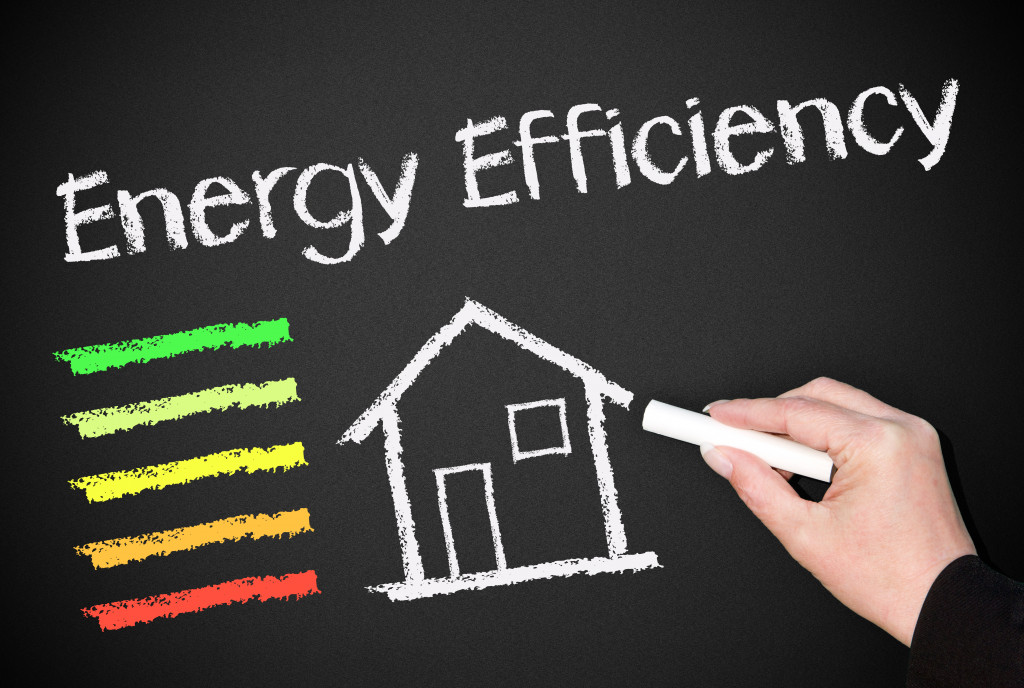There are many ways that you can make your home more energy-efficient. Some of these methods are simple and easy, while others may require a more significant investment. No matter what route you choose, making your home more energy-efficient is a great way to save money and help the environment. Here are some of the best ways to make your home more energy-efficient:
Use energy-efficient light bulbs
One of the easiest and most affordable ways to make your home more energy-efficient is to use energy-efficient light bulbs. These light bulbs use less electricity than traditional incandescent bulbs, saving you money on your energy bill. Plus, they also last longer, so you won’t have to replace them as often.
Install solar panels
If you’re looking for a more long-term investment, you might consider installing solar panels on your home. Solar panels rely on the sun’s energy to generate electricity, which can help you save money on your energy bill. Additionally, solar panels can increase the value of your home.
Reduce drafts
Another way to make your home more energy-efficient is to reduce drafts. Drafts can occur around windows and doors, letting heat escape from your home during the winter and fantastic air escape during the summer. To prevent drafts, you can install weatherstripping around doors and windows or hang curtains over windows. Also, make sure to close doors to rooms you’re not using so that you don’t have to heat or cool them.
Educate your family about energy efficiency
Educating your family about conserving energy is one of the best ways to ensure your home remains energy-efficient. Have a family discussion about turning off lights when they’re not needed and unplugging electronics when they’re not in use. You can also lead by example by being mindful of your energy usage.
Install rooflights

Rooflights are a great way to let natural light into your home, which can help you save on your energy bill. However, there are many types of roof lights, and each of them serves a different purpose. For example, non-tinted frameless flat roof lights are best for homes with a lot of sunlight because they allow the most light in. On the other hand, tinted or frosted skylights are better for homes that don’t get as much sun because they help reduce the amount of heat that comes in.
Get a smart thermostat
A smart thermostat is a type of thermostat that allows you to control the temperature in your home remotely using an app on your smartphone or tablet. Smart thermostats are designed to be more energy efficient than traditional thermostats because they allow you to set specific temperatures for different times of the day and night. Additionally, some smart thermostats will automatically adjust the temperature based on whether anyone is home.
Wash clothes in cold water
Washing clothes in cold water is one of the easiest ways to save energy at home since most washing machines use electricity to heat the water before washing clothes. According To Energy Star, washing clothes in cold water can save an average household up to $40 per year on their electric bill. And suppose everyone in America washed their clothes in cold water one day per week. In that case, we could collectively save enough electricity to power more than 1 million homes for an entire year! Plus, cold water is just as effective at cleaning clothes as hot water—so there’s really no downside here!
Audit regularly
Auditing your energy usage regularly is a great way to stay on top of your energy consumption and make sure that your home is as energy-efficient as possible. A professional can do energy audits, or you can do them yourself using an online tool like the Home Energy Saver. Audits will help you identify areas where you can save energy and money. They can also give you peace of mind knowing that you’re doing everything you can to be energy-efficient.
Consider geothermal heating/cooling systems
Lastly, if you’re looking for a more long-term solution to reducing your energy consumption, you may consider installing a geothermal heating and cooling system. Geothermal systems use the earth’s natural heat to warm your home in the winter and cool it in the summer. They can be up to four times more energy efficient than traditional heating and cooling systems. While the upfront cost of geothermal systems can be higher than other types of plans, they typically pay for themselves within a few years, and they can last for decades, making them an excellent investment for the future.
Final thoughts
These are just a few of the many ways you can save energy in your home. By taking some simple steps to reduce your energy consumption, you can save money on your utility bills and help the environment. So what are you waiting for? Get started today!

